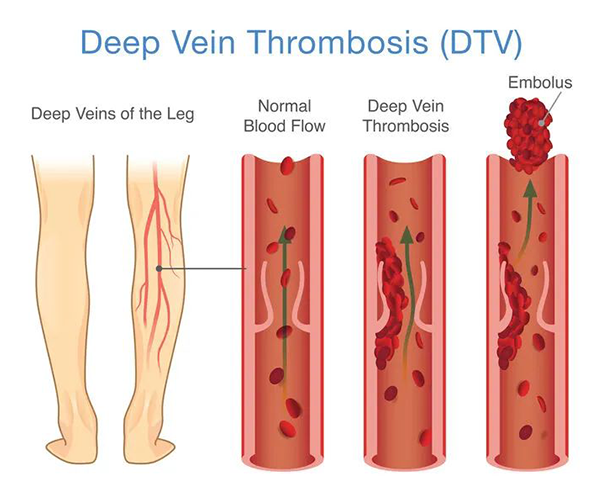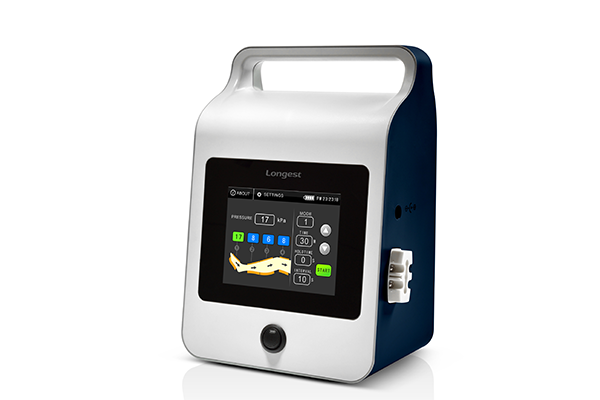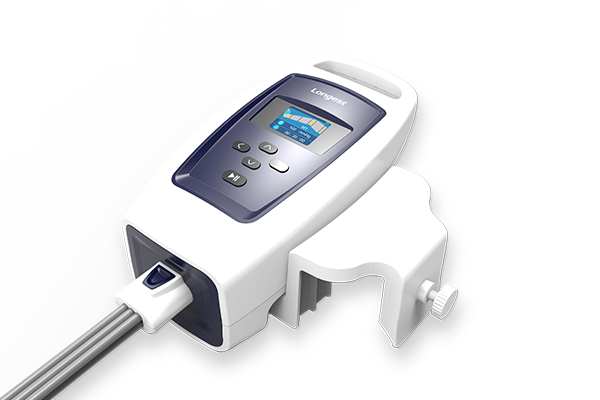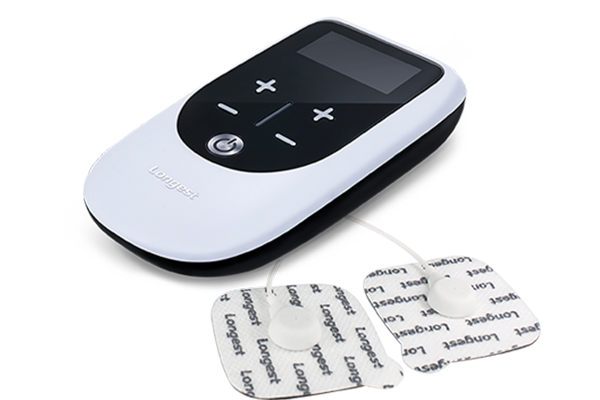DVT prevention solution
We not only provide a solution for healthcare professionals to deliver safe and convenient DVT prevention therapy that helps achieve better clinical efficacy and patient experience but also provide a solution for individuals to prevent DVT at home.
Venous thrombosis (DVT&PE) occurs with an incidence of approximately 1 per 1000 annually in the adult population. And in the United States, according to CDC, as many as 900,000 people could be affected each year, and 60,000-100,000 people die of DVT/PE every year. In addition, one-third of people with DVT/PE will have a recurrence within 10 years.
DVT can happen to anyone, especially people after surgery, therefore it is of great importance to be aware of the risk of DVT and its prevention methods.
What is Deep Vein Thrombosis (DVT)
Deep vein thrombosis (DVT) is a serious condition that occurs when a blood clot forms in a vein located deep inside your body. A blood clot is a clump of blood that’s turned into solid.
Deep vein blood clots typically form in your thigh or lower leg, but they can also develop in other areas of your body. Other names associated with this condition may include thromboembolism, post-thrombotic syndrome, and postphlebitic syndrome.

Symptoms of Deep Vein Thrombosis (DVT)
According to the Centers for Disease Control and Prevention (CDC) Trusted Source, symptoms of DVT only occur in about half of the people who have this condition. Common symptoms include:
- swelling in your foot, ankle, or leg, usually on one side
- cramping pain in your affected leg that usually begins in your calf
- severe, unexplained pain in your foot and ankle
- an area of skin that feels warmer than the skin in the surrounding areas
- the skin over the affected area turning pale or a reddish or bluish color
People with an upper extremity DVT, or a blood clot in the arm, may also not experience symptoms. If they do, common symptoms include:
- neck pain
- shoulder pain
- swelling in the arm or hand
- blue-tinted skin color
- pain that moves from the arm to the forearm
- weakness in the hand
People may not find out that they have deep vein thrombosis until they’ve gone through emergency treatment for a pulmonary embolism (blood clot in the lung).
A pulmonary embolism (PE) can happen when a DVT clot has moved from the arm or leg into the lung. When an artery in the lung becomes blocked, it’s a life-threatening condition and people with this condition require emergency care.
However, Deep vein thrombosis may be treated and released in an effective way by virtue of the electrical muscle stimulation machine and Air Compression Therapy device whose generation is designed to decrease the risk of DVT (Deep Venous Thrombosis) and Pulmonary Embolism (PE) before, during, and after surgery.
In what situation, are people at risk of developing DVT?
Anything that slows the movement of blood through your veins increases your risk of DVT.
- Recent surgery, decreases your mobility and increases inflammation in the body, which can lead to clotting;
- Medical conditions that limit your mobility, such as an injury or stroke;
- Long periods of travel, which limit your mobility;
- Injury to a deep vein;
- Inherited blood disorders that increase clotting;
- Pregnancy;
- Cancer treatment;
- Smoking;
- Obesity;
- Older age.
Patients after general surgery, major gynecological surgery, major urinary surgery, major neurosurgery, knee or hip arthroplasty, femoral fracture operation, major trauma, spinal cord injuries, and stroke and critically ill patients tend to have a higher risk of DVT.
Intermittent Pneumatic Compression to Prevent DVT
Intermittent pneumatic compression (IPC) is a very well-established, and proven intervention. It uses a pump to intermittently inflate and deflate sleeves, providing external gradient compression for legs, arms, and feet to boost circulation. IPC is recommended for patients undergoing surgery associated with a high risk of bleeding in whom anticoagulant use may be contraindicated.
How to use
Our IPC systems LGT-2200DVT & 2201DVT are specifically designed to prevent deep vein thrombosis and pulmonary embolism in hospitalized patients and promote patients’ recovery after surgery and severe injuries. They are portable and designed with a hook, making them more space-saving and easy to carry.
Prevent DVT at Home
Being inactive and spending long hours sitting can lead to slow blood flow and increase the risk of getting DVT. Overweight or obese, and unhealthy habits like smoking can also affect the flow of blood in the body.
DVT is often underdiagnosed as it doesn’t always cause symptoms until it developed into a pulmonary embolism (PE) which is life-threatening. Therefore, managing your blood circulation in your daily life is crucial.
MStim Reha LGT-231 is a portable Neuromuscular Electrical Stimulation or NMES device that sends electrical impulses to stimulate nerves and causes muscles to contract. With it, you can enhance blood flow in the deep veins of the legs to prevent DVT conveniently and comfortably at home. The device can also help reduce pain and swelling.
Contact us
If you are interested in our solution and looking for more info, please do not hesitate to contact us. Submit the form below and we will get back to you shortly.




